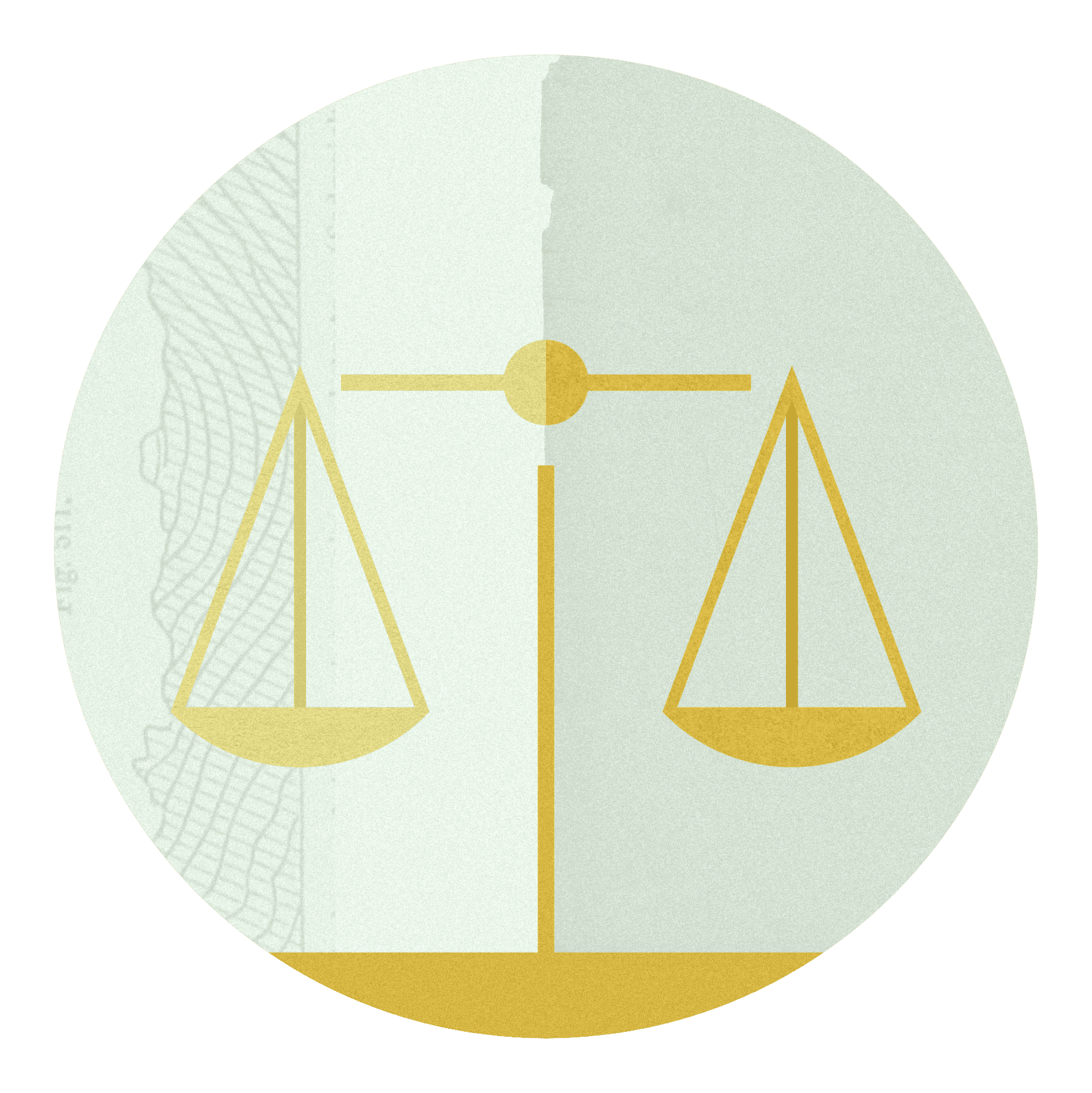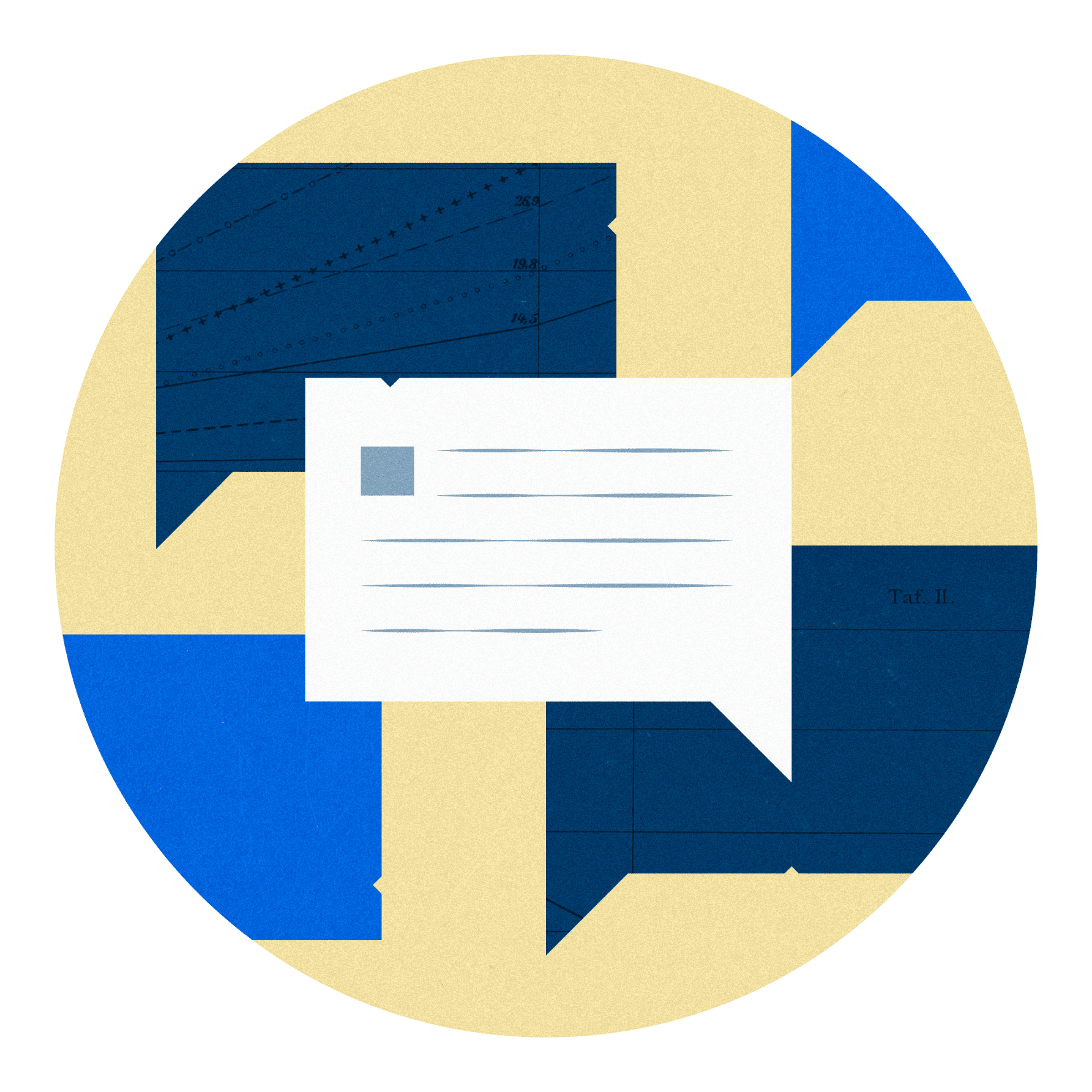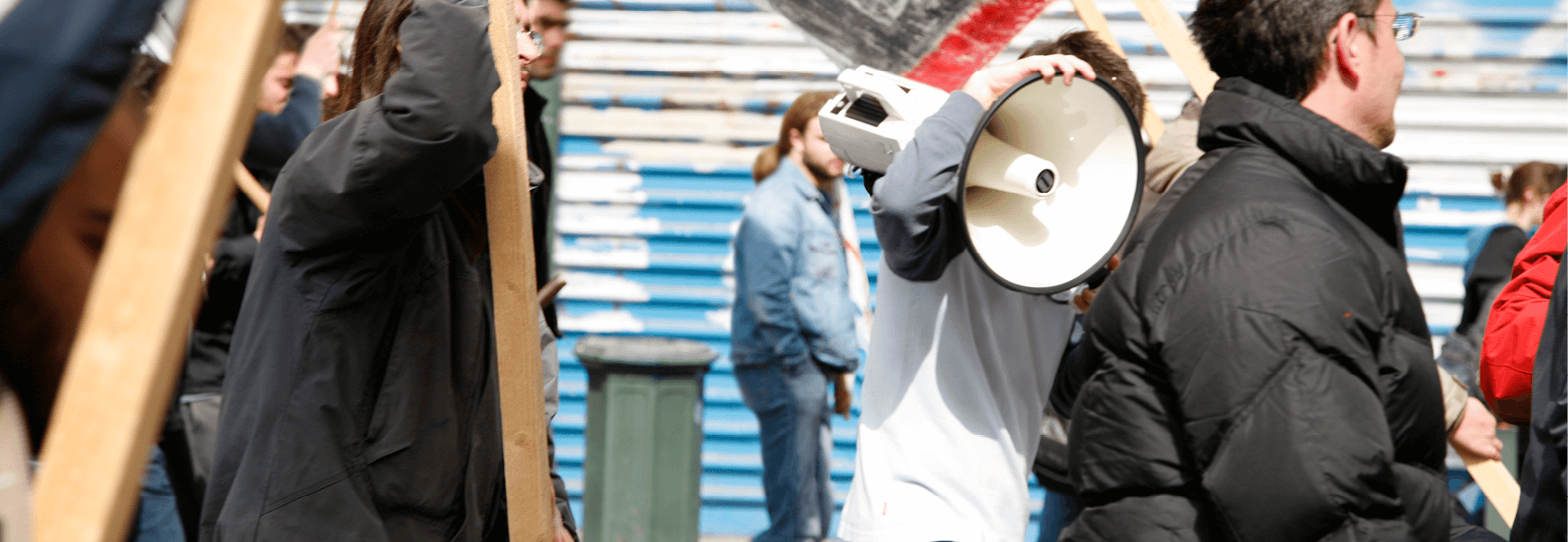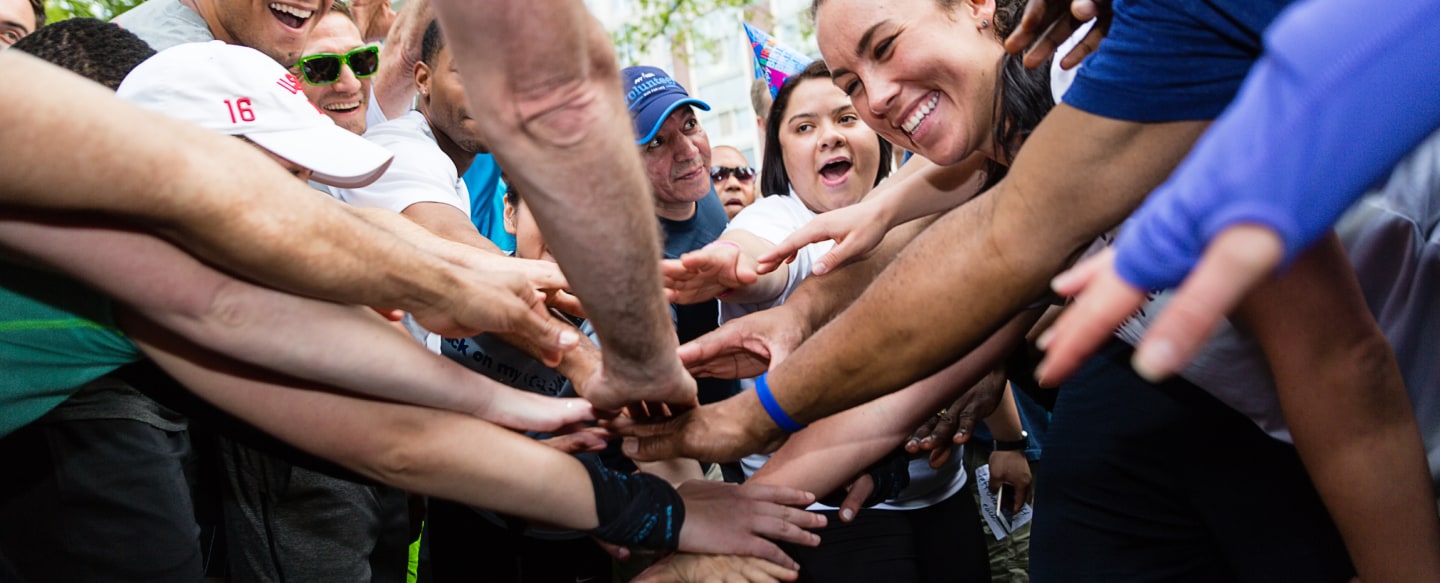The year is 1977. You’re the mayor of Skokie, Illinois—and you’re facing a crisis. The National Socialist Party of America wants to march through a predominantly Jewish neighborhood. Many of its residents are Holocaust survivors. How should you respond? Should the city prevent the march? Is a swastika a form of free speech? Do Nazis have a First Amendment right to parade through the neighborhood?
This is one of multiple real-life scenarios available through “Free Speech Essentials for Students,” part of a new collection of NewseumED resources and programs that debuted in November 2018 (and in case you’re wondering, the U.S. Supreme Court ruled against the Village of Skokie’s effort to prevent the Nazi march). Produced by Newseum Education, part of the Freedom Forum Institute at the DC-based Newseum, NewseumED.org offers thousands of free materials—including lesson plans, videos, interactive information, and virtual classes—to help students understand the First Amendment and develop media literacy skills. The need, teachers say, is urgent.
“Students have a misconception about the entirety of the Bill of Rights, as do many teachers,” says Colleen Bernard, a curriculum specialist with Maryland’s Frederick County public school system. Students often understand the concepts of freedom of religion and speech, but they’re weaker on freedom of the press, freedom to assemble, and freedom to petition, adds Heather Rose, a Frederick County technology teacher specialist for social studies (preK-12).
“Students do not understand how much of the world does not have a free press,” says Rose. Because of that, they don’t “understand the role the press plays as a watchdog to investigate and report on government actions.” They also struggle to understand why groups like the KKK are allowed to peacefully assemble. “The majority of students do not like the message and believe it should not be allowed to spread, regardless of the freedom of speech and assembly,” she says. Students react emotionally rather than using critical thinking skills, she adds.
At a Newseum event to introduce nearly 500 teachers to NewseumED’s resources on October 6, educators and librarians said their biggest challenge is helping students to distinguish between credible news sources and unsubstantiated junk, as well as opinion versus factual reporting. Students are frequently less critical of video information than text, says Rose. “Their approach is very right/wrong,” she says. “Since news is no longer presented in Walter Cronkite fashion, it is important to seek out and compare information from FOX and CNN and BBC and NPR.”
Katie Leach, who is certified in social studies and supports the gifted program in Pennsylvania’s Weatherly school district, says she tries to have a healthy classroom conversation on current events. “What I find incredibly frustrating is one person watches one set of news, one watches something else, and they’re slanted different ways,” she says. “People are adamant: I heard it here, therefore it’s right. It’s hard as a teacher to figure out where students are getting their news from. To even start a conversation is difficult.”
Other teachers brought up memes on social media that make First Amendment claims to advance a political position. Such as: “The First Amendment doesn’t apply to knees,” posted following NFL players’ protests against police brutality, or “What if ANTIFA stands for anti-First Amendment?”
“I love memes, but I think their brevity can be confusing to young people if they don’t fully understand the background or context, or if they’re not well-versed enough in the First Amendment to critically analyze it,” says a sixth-grade teacher from Williamsburg, Virginia, who attended the October event. “Memes often use an oversimplification to score a point. This is why I am so grateful for the Newseum’s work on teaching students media literacy. The more students can look at memes or quick claims on social media with a critical eye, the more they will advance towards being informed and active citizens.”
NewseumED’s resources are designed to solve these problems, giving teachers quick ways to access primary sources and inoculate their students against unsubstantiated opinions. Among the materials (all free):
Classroom sessions: NewseumED offers online and in-person classes for a variety of age ranges, from third graders to college students. Class titles include “Fighting Fake News: How to Outsmart Trolls and Troublemakers” and “You Can’t Say That in School?!,” where students debate First Amendment cases involving public schools, such as Tinker v. Des Moines (1969): (Two students were sent home after wearing black armbands to protest the Vietnam War; the U.S. Supreme Court ruled that the school district violated the teens’ constitutional rights.)
Immersive learning experiences: Students can dive into important First Amendment moments through abundant archival materials. Want to read an original 1789 copy of the Bill of Rights? Or the front page of the October 13, 1911, Los Angeles Herald on women’s suffrage in California? NewseumED offers thousands of articles and videos online. Teachers can also access interactive and standards-aligned lesson plans. Thematic collections include “Fact Finder,” which sharpens students’ media literacy skills; “Decoding Elections,” which features 11 case studies “to demystify election procedures” and “decode campaign messages”; and “Freedom in the Balance” on how the 9/11 attacks affected First Amendment freedoms (the collection offers 22 case studies).
In Frederick County, Rose’s team is using NewseumED’s resources to rewrite its middle and high school Social Studies curriculum. Rose has already created three lessons with Newseum artifacts and materials. “With a free account, teachers have access to thoughtfully created and ready-made instructional materials with meaningful artifacts.”
The event series and a new NewseumED collection, “Free Speech Essentials for Students,” were funded by a $1 million grant from the Charles Koch Foundation. This collection gives teachers a variety of resources to help educate students about the Bill of Rights.
“Everything is gathered for us and someone has taken time to think of questions that might come up,” says Leach. “It’s helping teachers to do what we need to do to teach the First Amendment.”











